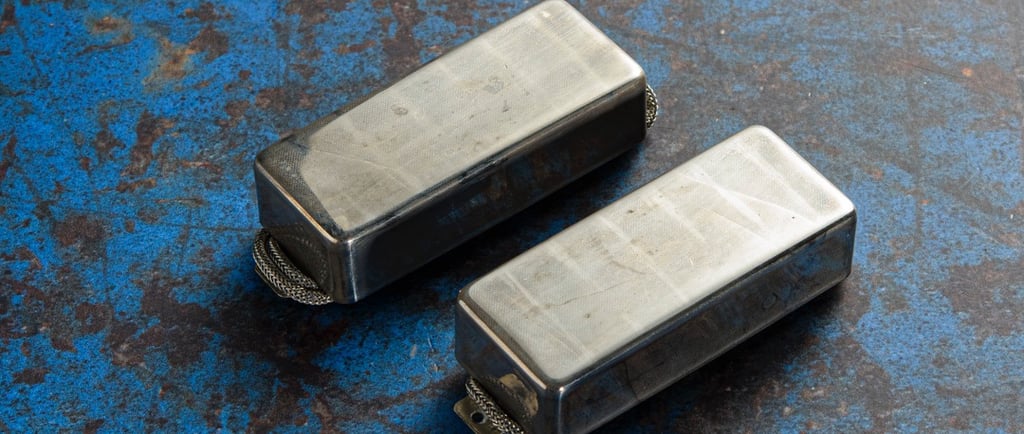When Is Vintage Correct Actually Vintage Correct?
What “vintage correct” really means in guitar pickups, and why true tone depends on both precision and imperfection.
Mikas
11/5/20252 min read


When Is Vintage Correct Actually Vintage Correct?
Every pickup maker seems to claim that their design is “vintage correct.” But what does that actually mean? The term has been stretched so far that it’s often more marketing than meaning. Vintage correct means nothing if the pickup doesn’t respond like the real ones did.
When you strip it back, the question isn’t whether something is vintage correct on paper. It’s whether it behaves, feels, and sounds like the originals did. That’s the point where even small details start to separate one maker from another. You can match magnet grades and wire types, but if the coil shape or winding pattern isn’t right, the electrical balance shifts and you lose the response that made those early sets what they were. Mojo’s N.O.S. wire pickups take that idea one step further. Using genuine vintage new-old-stock coil wire, they recreate the same electrical behavior found in the originals, one of the few materials that can move a modern pickup measurably closer to real vintage performance.
The geometry affects inductance and capacitance, which in turn shape the resonant peak and attack. Even small changes in tension or layering can shift the high end enough to make a pickup feel either stiff or alive.
The makers I work with – Ron Ellis, Mojo, Sunbear, Mark Foley, Brickhouse Toneworks, Wizz, Grinning Dog, and OX4 to name a few – each approach it in their own way, but all aim to understand what made the best vintage pickups exceptional and apply that knowledge in their work. Not every old pickup was great, just ask the players of the era. Their work is based on studying the best examples that have passed through their hands.
The people who’ve handled the real vintage sets know there’s no single formula. What matters isn’t copying the spec, it’s understanding what those inconsistencies actually did to the tone.
The best makers aim to recreate the experience of a vintage pickup: the natural compression, the way the mids breathe, and the small irregularities that make them feel more responsive and alive. Those slight variations in coil tension, magnet pull, and string balance weren’t design choices; they were the result of handwork, and they’re a big part of what players still hear as “vintage tone.”
But none of this happens by instinct alone. The best results come from combining careful measurement with what experience teaches. The formula still matters, but so does knowing which parts of it to leave imperfect.
So, when is vintage correct actually vintage correct? Only when it goes beyond the parts list and captures what those parts were doing together. That’s what separates a good replica from a great one, an understanding that precision and imperfection both have a role in real vintage tone.
Contact us:
Subscribe to our newsletter
info@boutiqueguitarpickups.com
